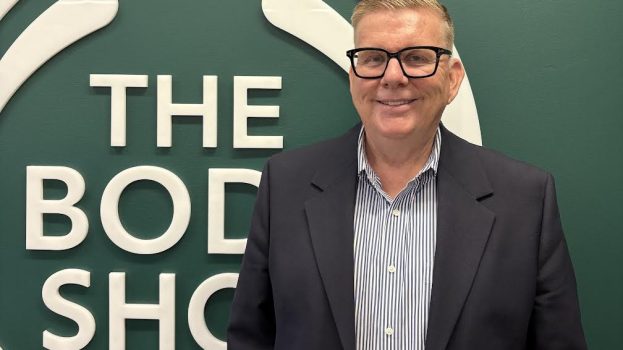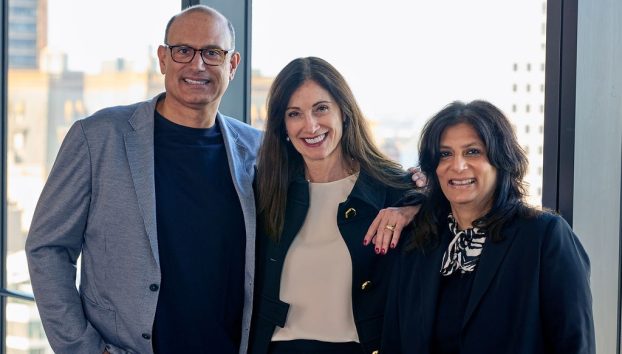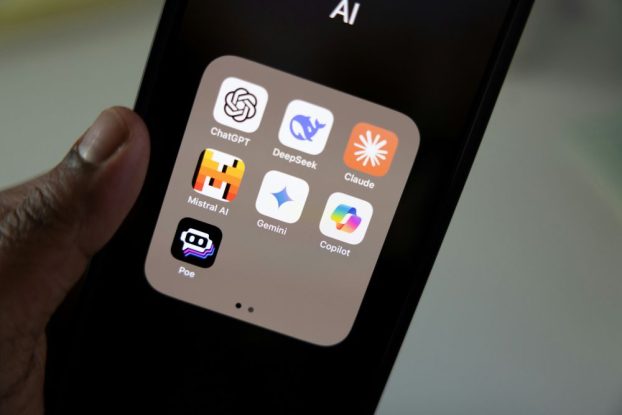Technology provider HP continues to focus on climate action, human rights and digital equity with its new underlying corporate mission to be “the world’s most sustainable and just technology company.”
Over the last few months, it has made new global commitments to that end, including achieving net zero greenhouse gas emissions across its value chain by 2040 (with the shorter-term goal of a 50% reduction by 2030) and improving diverse representation within its ranks and the broader tech industry, including reaching gender parity at the HP leadership level by the end of the decade.
Most recently, it announced plans to help accelerate digital equity for 150 million people globally by 2030, partly through the launch of HP PATH (Partnership and Technology for Humanity), an accelerator program through which it will “invest in local initiatives and partnerships to address challenges in underserved communities around the world focused on education, healthcare and the creation of economic opportunities.”
“Historically, people have always assumed that sustainability is about environmental sustainability,” said Frances Edmonds, the company’s Canadian head of sustainable impact, in an interview with strategy to discuss HP’s new goals. “The fact that we’ve now said, we want to be the world’s most sustainable and just technology company by 2030 is a really rounding out of that piece, so that people understand how important all three elements have to be.”
Its efforts appear to be paying off. In 2020, for the second year in a row, HP tracked US$1.1 billion in new sales in which sustainability criteria were a known consideration.
One might assume that digital equity is not as big an issue in advanced economies like Canada’s. How is it relevant to your business locally?
During COVID, close to half a billion kids were sent home with no technology. So we’ve got this digital divide that existed pre-COVID that is now starkly in front of us. In Canada, school boards were doing their best [to adapt], but scrambling to provide technology and materials for teachers [and their students]. So there were a whole bunch of issues that came out of this that school boards weren’t ready for. And from a Canadian context, we know that all the socio-economic indicators go downhill if the kid doesn’t graduate from high school.
CSR 1.0 would have been to give computers or printers to nonprofits, and they would have distributed them. What we’re finding today is that that’s not enough. You can’t just give a laptop to somebody who’s never used one before. You need some wraparound services – Internet access being the first one – but then also how to use it, how to be safe online, all of these kinds of things.
In Canada, we’ve worked with a charity called ComKids for nearly a decade. They identify high-potential youth who don’t have access to technology at home. This year, there’s nearly 800 kids in the Greater Toronto and Hamilton area who will get a brand new HP laptop. But that’s just the start of it. Then you have to wrap around the training, the education and the support to really get the maximum use out of that device.
On the sustainability side, you mentioned that procurement is a much bigger focus of your role today. Why is that?
My job has transitioned from creating the conditions to make us Canada’s most sustainable technology company into creating a marketplace where businesses who are leading in sustainability win – so that more businesses will do it. It’s [evolved] from working inside our own four walls to recognizing that it’s community and everything is interlinked.
The nonprofit sector plays a critical role, so we do a lot of collaborating with them. But we also collaborate with governments. I’m sitting on the federal government’s Expert Panel on the Circular Economy and on [Environment and Climate Change Minister Jonathan] Wilkinson’s advisory panel, because they recognize we need the expertise and resources from everyone to move us forward.
There are still civil servants who work in municipalities who believe that they’re doing their fiduciary responsibility by buying the cheapest thing. But if that thing is more disposable, breaks sooner than it should and ends up going into the landfill – that the municipality is also paying for – that’s a very short-term decision, isn’t it? It’s the wrong decision. But that’s the signal we’ve been sending into the marketplace. So that’s why I spend a good 75% of my time today working on sustainable or circular procurement.
There are less than 30 Canadian companies who have set science-based targets for carbon reduction in the decade of climate action. So we’ve got a problem here. We need to move the market, not just HP. So what we’re doing in Canada is trying to change how Canada buys.
The UK Government just added a requirement so that anybody who does business with them has to have measured their carbon footprint and set a science-based or Paris target for reduction. They’re putting that directly into their procurement. That’s going to have a huge impact. We don’t do that in Canada today.
In what ways are you directly encouraging consumers to act more sustainably?
We’re moving into the service economy, where we’re not selling printers and PCs – we’re selling printing and computing.
The best example we have of that today is our Instant Ink offering. It’s taking the broken business model of the home ink printing business, where you have to sell the printer at a loss, because the customer expects to be able to buy an all-functioning printer for $49.99, and then have to sell the supplies that go into it at a higher premium – that’s a disincentive to the customer to use your product. And you can’t start charging more for a high-quality printer, because nobody’s gonna buy it. So how do you break out of that model?
With Instant Ink, you pay for a subscription for printing based on how much you want to print. It works to the benefit of the customer, because it’s cheaper – you can have this service for as low as $3.99 a month, depending on how many pages you want to print. And the printer automatically orders the cartridges when you need them, and they get shipped to you in a bigger cartridge with less packaging and with a recycling bag in the box.
So it’s convenient for the customer, it’s lower-priced, the business has a steady annuity stream, and the footprint reductions are phenomenal. So this is one of the fastest growing, if not the fastest growing business-to-consumer play in the circular economy worldwide. We’re close to nine million subscribers worldwide right now. It just shows you the power of selling services like that. And it helps transition us away from this linear economy.
This interview has been edited for length and clarity. It is part of a series for Strategy C-Suite, a weekly briefing on how Canada’s brand leaders are responding to market challenges and acting on new opportunities.

























